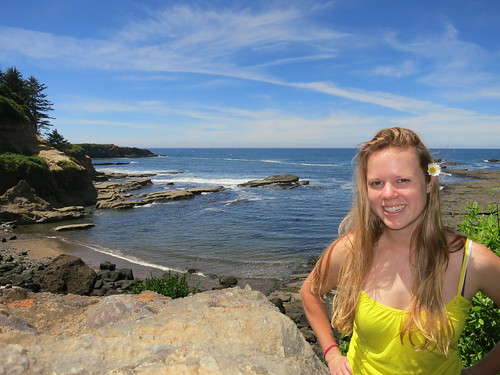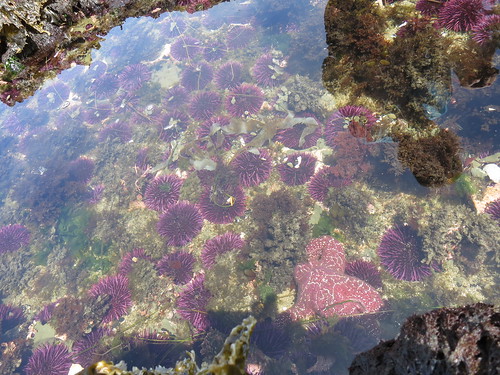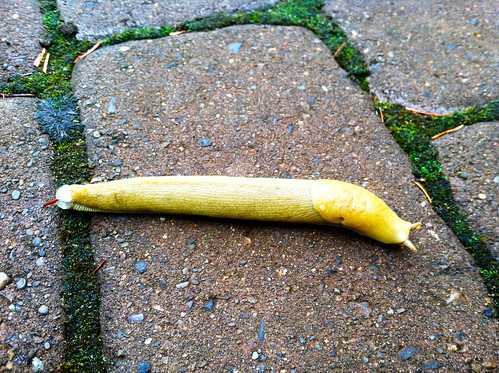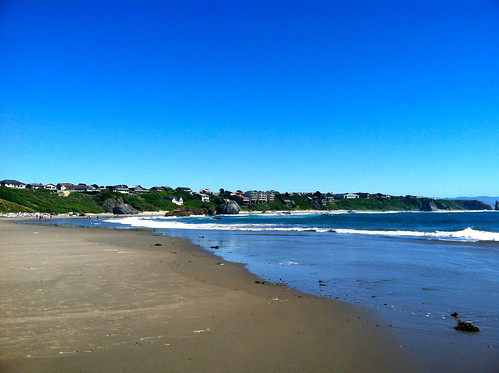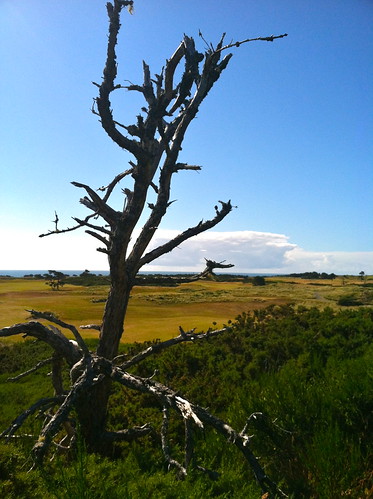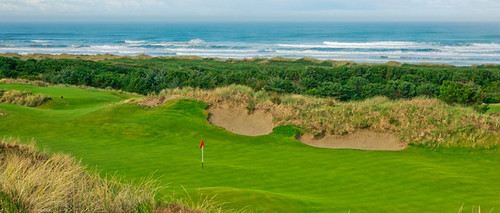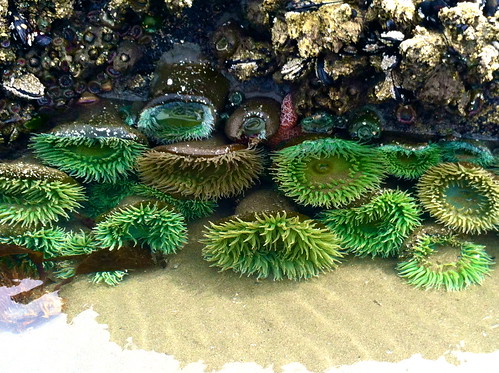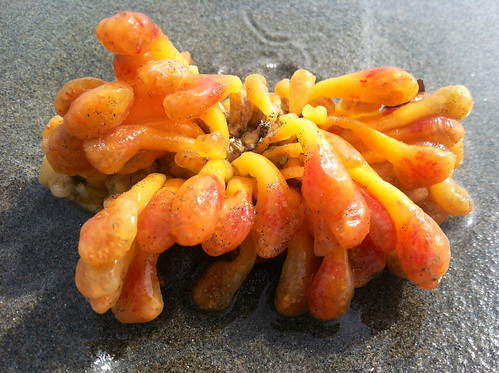Greetings readers!
I hope everyone’s 4th of July weekend was as amazing as mine! As I said before, I have been a California girl my entire life and as such have been somewhat hesitant about opening my heart and mind to a different state. However, after spending the holiday weekend exploring Corvallis, Seaside, and Cannon Beach I have replaced my skepticism towards the Oregon coast with what I can only assume will progress into a budding romance. I started off my four-day weekend by visiting some friends in the quirky college town of Corvallis where I discovered some amazing bakeries, got the chance to stroll through the bustling farmer’s market, and went on a short but beautiful hike up to Bald Hill.
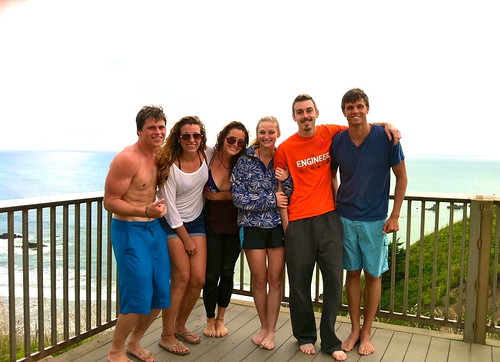
Later we set off on a short road trip to Seaside to enjoy some 4th of July festivities and well deserved beach time. The second I set foot in downtown Seaside I immediately realized that I wasn’t in Bandon anymore… Whereas Bandon (or as its residents affectionately refer to it as, “Bandon by the Sea”) is a small fairly quiet beach town whose citizens pride themselves on their charming old downtown and specialty stores, Seaside (whose motto is “More than just a day at beach”) is roughly twice the size of Bandon and definitely has more mainstream tourist attractions. Later we traveled down the coast a bit to Cannon beach and spent the day exploring local art galleries, all of which drew their subject matter from the surrounding coastal environment.
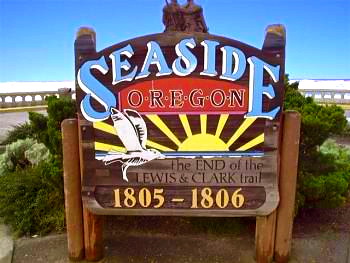
So far this project has been very different from ones that I’ve previously taken part in. Up until this moment, most of the work I’ve done has been on a fairly small scale, but now gone are the days of sitting at a lab bench and observing organisms under a dissecting scope! I have been tasked with determining what the “brand” is of South Coast Oregon. With four towns, roughly 12, 803 people, and thousands of miles of land and coast you can imagine this is no easy task. I have also discovered that there is no easy answer of how to promote and spread coastal tourism. My trip to the North coast this past weekend exemplified that, and taught me that the while the more traditional modes of attracting tourists (such as bright neon signs, gift shops, arcades, etc.), may be lucrative, they are not necessarily what’s best for an individual community, let alone something its residents would be fine with. I saw this in the charismatic town of Seaside Oregon; a town that most likely attracts passersby because of its beautiful beaches and charming houses, but causes them to stay and return with the help of new aesthetically pleasing apartments and hotels right on the beach, an arcade full of games and rides, and numerous shops where you can purchase apparel and food to remind you of your stay.
While I do not claim to be an expert on Oregon’s coastal towns, anyone could see that Seaside is virtually the polar opposite of Bandon (not to mention double the size!) I have come to the conclusion that a lot of it basically comes down to personal preference. And using my experience thus far as an indicator, I believe that it is near impossible to brand the entire South Coast simply because each town has something special to promote (ie. Old Downtown Bandon, art galleries in Cannon Beach, arcades and souvenir shops in Seaside). While this can be seen as a major pain (especially since I have been asked to in fact, brand the south coast) it also reminds me that the beauty in it is that each town is in fact different, so theoretically there is a coastal town in Oregon for each and every person!
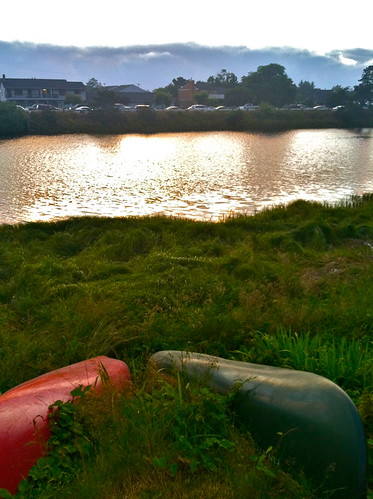
While Oregon’s coastal towns may be different, there is one thing that they all have in common: the beauty of their natural resources. Bandon, Brookings, Gold Beach, and Port Orford all provide access to the coastal activities such as SCUBA, fishing, and kayaking, lush forests where you can camp, hike, and bike, and freshwater where you can swim, fish, windsurf, or just boat around. In my remaining time with the WRCA I hope to help each town capitalize on their breath-taking environments to not only help stimulate their economies, but to educate the residents and tourists on conservation issues that are right in their back yard. This is a crucial step, one which is often overlooked, because the fate of these natural resources will directly affect many local businesses such as fishing and farming.
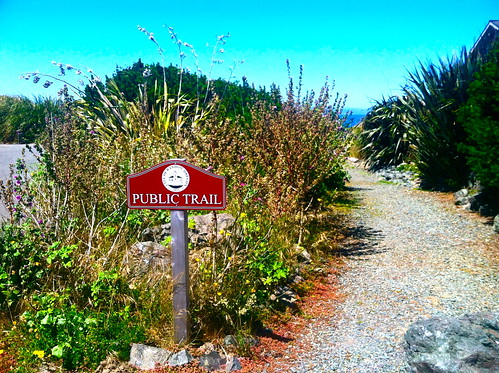
This past week I was fortunate enough to sit in on the second meeting of WRCA’s steering committee and meet a variety of people working with organizations such as the Freshwater Trust and the Port Orford Ocean Resource Team, as they discussed their individual projects as well as organizations that WRCA has funded or will fund in the future. It was amazing to learn how many organizations WRCA has helped and about all the amazing projects they plan to fund in the future (such as a sustainable greenhouse where teens can volunteer and learn about local plant species). Next week I’ll be taking a field trip down to visit Brookings, Port Orford, and Gold Beach to meet with community leaders to discuss the work I have done on mapping out what each town’s assets are. I think this will be an awesome chance to get to know these towns a bit better as well as start a conversation about how each town wants to work towards creating more sustainable tourism!
Stay tuned for more adventures!








